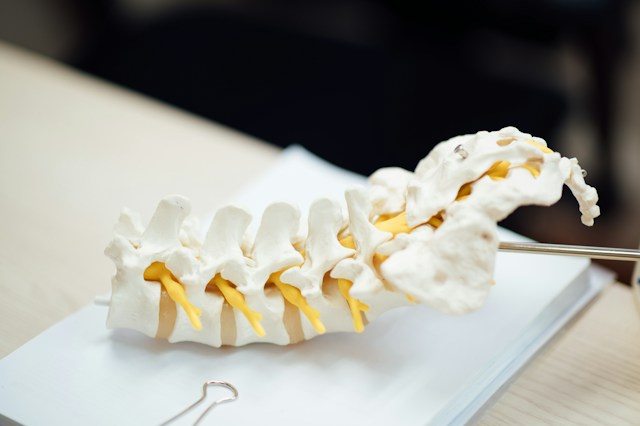Back pain is one of the most common reasons people visit their family doctor. Fortunately, most cases of back pain are minor and will resolve independently with conservative treatment.
Start with simple painkillers like ibuprofen (Advil) or naproxen sodium (Aleve). NSAIDs are also available in higher prescription doses.
Over-the-Counter Medicines
Many people find back pain relief with over-the-counter medicines. These are called nonsteroidal anti-inflammatory drugs or NSAIDs. They help reduce the swelling of a swollen disk or arthritis in the spine. NSAIDs can also cause stomach ulcers if taken in high doses or for a long time, and they can also harm the liver or kidneys.
For severe back pain, doctors may prescribe stronger medications. The most common are opioids, but some people who have used oral narcotics for a long time may not respond to them, or they can cause unpleasant side effects.
Doctors might also prescribe muscle relaxants. They ease back spasms by blocking the nerves that signal pain to your brain. Muscle relaxants can also cause drowsiness and upset stomach. Driving or operating machinery while taking them can be especially dangerous. This is why using them only as your doctor directs is essential.
Physical Therapy
Struggling with persistent back pain that’s making your days a challenge? Month-long discomfort or limitations in daily activities are signs of seeking expert help. Your doctor might recommend a physical therapist, your key to effective back pain treatment Orange Park FL. These movement gurus can loosen your stiff spine, improve your range of motion, and empower you with strategies to prevent future episodes. Remember, tackling back pain doesn’t have to be a solo mission. Find qualified professionals ready to equip you with the knowledge and tools to reclaim your comfort and mobility.
A physical therapist will first ask about the severity of your pain and how long it has been going on. They will also want to know what activities make it better or worse.
Use an ice pack for the first few days to ease your pain and reduce swelling (inflammation). Then, switch to heat to relax the muscles and increase mobility. Sleeping in a curled-up fetal position can also reduce back pain. If you drive or sit long, use a lumbar support pillow to ease your pain. It can initially be uncomfortable but significantly decreases back pain in the long run.
Chiropractic Care
Chiropractors are trained in treating problems of the musculoskeletal system, particularly the spine. Besides spinal manipulation, they may also use manual therapies like massage and posture training to improve movement and help your body heal itself. They often work in collaboration with primary care doctors and pain experts.
Spinal manipulation involves a controlled thrust to a joint in the back, relieves pressure on joints, reduces inflammation, and improves nerve function. It’s common to hear a popping sound during professional spinal manipulation, and it can be uncomfortable. But it’s safe for most people when performed by a registered chiropractor. You should tell your chiropractor about any health conditions, including heart disease, blood vessel problems, or a history of slipped discs.
You should see a spine doctor for severe back issues, such as osteoarthritis, fractures, dislocations, and herniated discs. You should also seek medical attention if you experience back pain, numbness, tingling, or a pinched nerve.
Surgery
For very few people, back pain that doesn’t respond to other treatments is severe enough to warrant surgery. “A lot of people are afraid to have surgery because they’ve heard stories about bad results, but if the pain is getting worse,” says Nava, “it might be time.”
Surgery may include removing a small piece of a damaged disk to relieve pressure on nerves. Another surgery, fusion, joins two vertebrae together with metal plates or screws. A surgeon can also inject grafts of cartilage or cells into the spinal disk to heal it.
Other types of therapy, like acupuncture, can ease back pain by stimulating the nervous system to block out painful signals. The research looks at other ways to stimulate nerves to treat chronic back pain, including transcutaneous electrical nerve stimulation that sends mild electric pulses into the spine to block incoming pain signals. In addition, experimental treatments deliver numbing drugs to the area or change how your brain processes pain.
